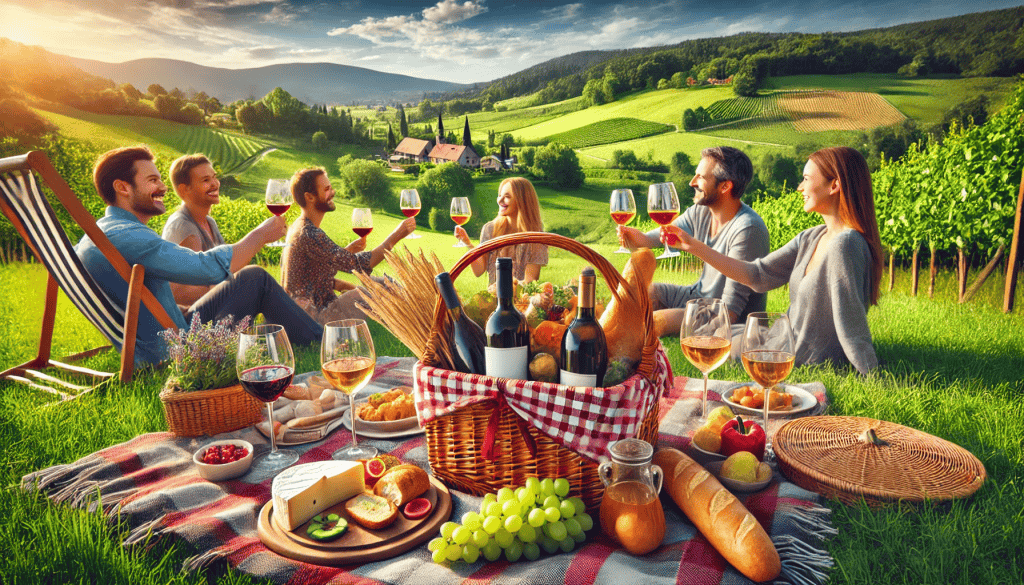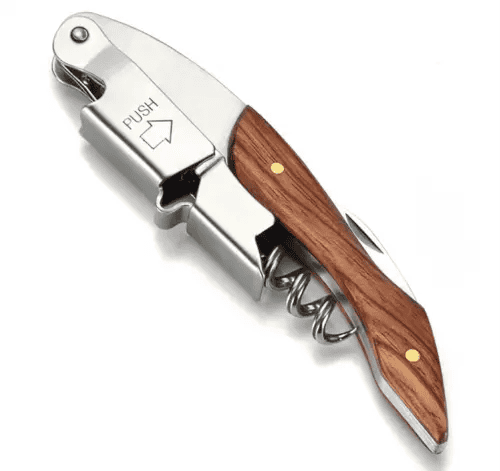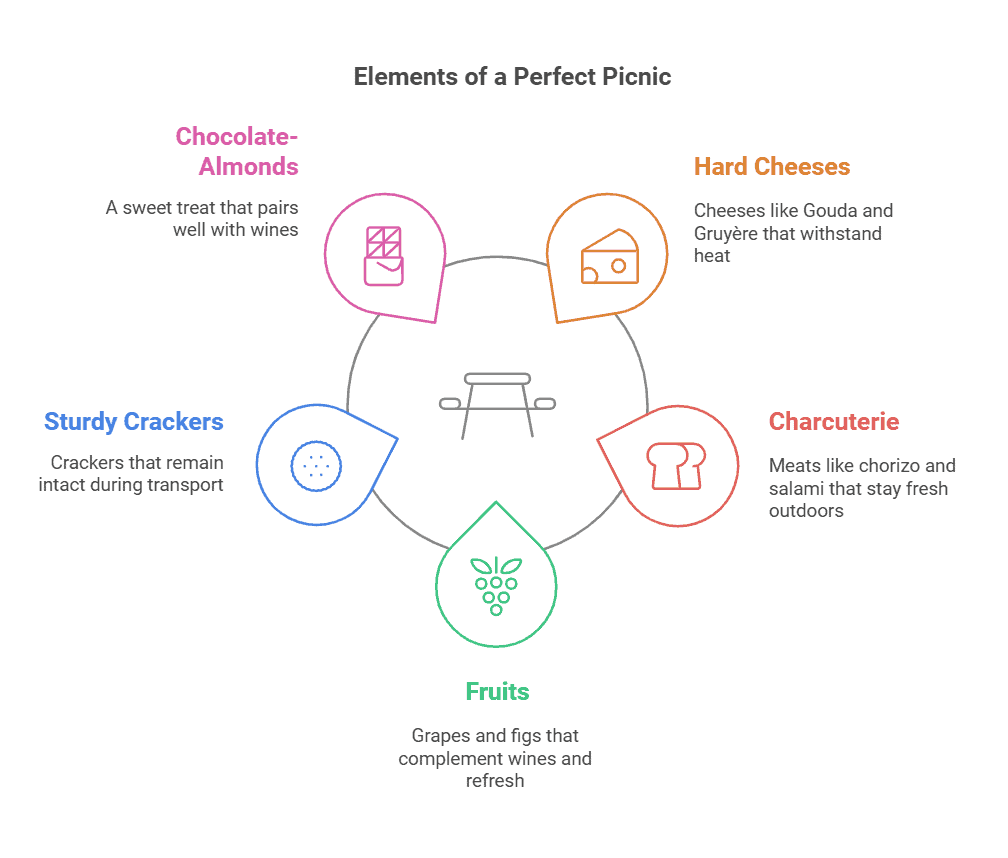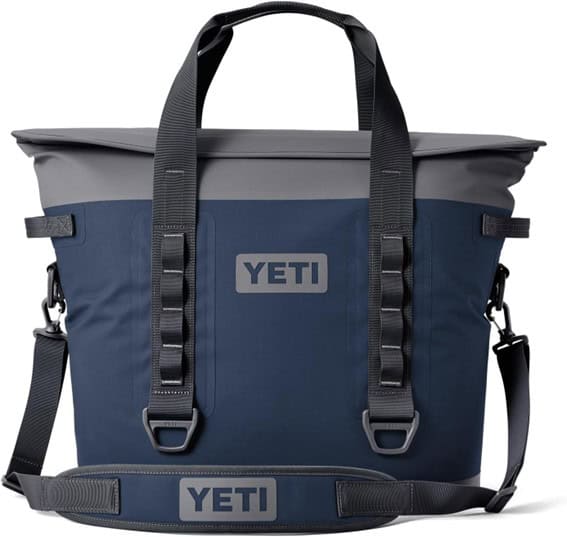Discover expert tips for packing the perfect wine picnic basket! Learn essential equipment, food pairings, and pro techniques to create unforgettable outdoor wine experiences.
Did you know that picnicking has seen a 50% surge in popularity since 2020? Nothing quite matches the charm of an expertly packed wine picnic basket for creating magical outdoor moments! As a longtime wine educator who’s organized countless wine-themed picnics, I’m thrilled to share my professional insights on elevating your alfresco wine experience.
Whether you’re planning a romantic date or a gathering with friends, mastering the art of packing a wine picnic basket will transform your outdoor dining adventures.
Welcome to Didi Somm, and Cheers!
Important Notice: The information in this article is for general and public information purposes only. It solely reflects Didi Somm’s or his Staff’s opinion, and no responsibility can be assumed for errors or omissions in the service’s contents. For details, please check the Disclaimer at the bottom of the homepage.

Key Takeaways
- Choose appropriate wines for outdoor serving temperatures
- Pack essential wine tools and proper glassware
- Include complementary food pairings that travel well
- Consider practical aspects like temperature control
- Remember safety and legal considerations for outdoor wine consumption
Essential Wine Picnic Basket Equipment
Let me tell you, I learned the hard way about wine picnic equipment after a memorably disastrous afternoon in a mountain valley. Picture this: a gorgeous day, premium wines packed, and my trusty old corkscrew deciding to break halfway through opening our second bottle. Talk about a mood killer! Since then, I’ve become somewhat obsessed with having the right gear, and trust me, it makes all the difference.
First things first, invest in a professional-grade wine opener – I swear by the double-hinged Pulltap’s Professional model, which runs about $25. But here’s a pro tip: always pack a backup corkscrew. I’ve saved countless picnics for other groups who showed up with those flimsy travel versions that snap faster than breadsticks.

The game-changer for me has been switching to VinGarde’s insulated wine carriers. They maintain the perfect temperature for up to 4 hours, which is crucial when you’re dealing with delicate whites or rosés. I’ve tested dozens of options, and these consistently outperform the basic sleeves you find at wine shops.
When it comes to glassware, I was initially skeptical about “plastic wine glasses,” but modern options like the Schott Zwiesel Tritan Crystal have completely changed my mind. They’re practically indestructible and – I’m not kidding – enhance the wine almost as well as traditional glass. Plus, they’ve survived countless trips in my somewhat chaotic picnic basket.
One often-overlooked essential is a good set of wine glass holders. Those little stakes that stick into the ground have saved my Sancerre from disaster more times than I can count. I particularly recommend the Bella Vita set, which includes six holders and works on various surfaces.
Temperature control is another crucial factor I’ve learned to master. A basic wine thermometer costs about $15 and has saved me from serving lukewarm Chardonnay (the horror!). Ideal serving temperatures really do make a difference – aim for 45-50°F for whites and 60-65°F for reds.
Selecting the Perfect Picnic Wines
You know what’s wild? After hosting wine picnics for over a decade, I still occasionally get stumped by wine selection. But through plenty of trial and error (and some unfortunate warm-weather wine disasters), I’ve figured out what really works for outdoor sipping.
Let’s talk about temperature-stable wines, because this is where most folks mess up. I’ve found that certain varieties hold up way better in varying temperatures. Vinho Verde has become my go-to summer picnic wine – it’s designed to be served chilled but doesn’t lose its charm if it warms up a bit. Plus, its slight effervescence adds a fun twist to outdoor dining.
For white wines, I’m all about Chablis and unoaked Chardonnays. They maintain their character better than delicate whites like Pinot Grigio, which can fall flat in outdoor conditions. My absolute favorite picnic white is Sancerre – its minerality and citrus notes seem to shine even brighter in natural light.
When it comes to reds, I’ve learned to avoid anything too complex or tannic. Trust me, that $80 Cabernet Sauvignon isn’t going to show its best self at a picnic. Instead, I opt for lighter reds like Beaujolais or Valpolicella. These wines actually benefit from a slight chill (55-60°F) and don’t get weird if they warm up a bit.
Here’s a temperature hack I discovered: if you’re serving both reds and whites, start your reds at around 55°F and your whites at 40°F. This gives you about a 90-minute window where both will be drinking at their best as they gradually warm up.
I’ve also become a convert to quality canned wines for certain occasions. Some of my favorites come from brands like Underwood and Nomadica – they’re actually putting serious wine in those cans, and they’re perfect for situations where glass isn’t practical.

(75% Chardonnay, 25% French Colombard)
Food Pairings That Travel Well
Let me share a revelation that changed my picnic game forever: not all cheeses are created equal when it comes to outdoor dining. After watching my carefully curated Brie turn into soup one hot afternoon, I’ve become something of an expert on picnic-friendly cheese selections.
Hard and semi-hard cheeses are your best friends for wine picnics. Aged Gouda, Manchego, and Gruyère have never let me down – they can handle being out of the fridge for up to four hours and actually taste better as they come to room temperature. My go-to combo is a 24-month aged Comté paired with a crisp Chablis – absolute heaven!
When it comes to charcuterie, I’ve learned to be super selective. Prosciutto can become a mess in warm weather, but Spanish chorizo and quality salami are absolutely bulletproof. I always pack them separately and slice on-site – it takes an extra minute but keeps everything fresher.
The fruit situation used to stump me until I figured out what really works. Grapes are obvious winners, but here’s a pro tip: freeze them the night before. They act as edible ice packs and are incredibly refreshing. For red wine pairings, I love bringing fresh figs (when in season) or dried ones when they’re not.
Let’s talk about the unsung heroes – the vehicles for all these goodies. Those fancy water crackers that shatter into a million pieces? Yeah, learned that lesson. Now I swear by sturdy options like Raincoast Crisps or classic Carr’s water crackers. They hold up to transportation and actually enhance the cheese experience.
For dessert, I’ve discovered that chocolate-covered almonds are basically foolproof. They satisfy the sweet tooth without melting into oblivion, and they pair beautifully with both red and dessert wines. Dark chocolate with sea salt is particularly amazing with a glass of Banyuls.

Temperature Control and Storage Solutions
If there’s one thing that’s kept me up at night planning picnics (yes, I’m that person), it’s temperature control. After countless experiments and some epic failures, I’ve cracked the code on keeping wines at their perfect drinking temperature outdoors.
The ice pack placement strategy is crucial – and most people get it wrong. Instead of surrounding your bottles with ice packs, create a “cooling zone” by placing two premium gel packs at the bottom of your carrier and one along the side where the sun hits. This setup maintains optimal temperature for about 3-4 hours, even on warm days.
I’ve tested various insulation methods extensively, and here’s what really works: double-wall vacuum-insulated containers are worth every penny. For longer events, I use a layering technique – wrapping bottles in wine sleeves, then placing them in an insulated carrier, which goes into a larger cooler. Sounds like overkill? Maybe, but it keeps whites perfectly chilled for up to 6 hours.
The organization of your storage space makes a huge difference in temperature maintenance. I arrange bottles like a game of Tetris – whites, and rosés go deepest in the cooler where it’s coldest, while reds stay in the outer section where it’s slightly warmer. Between each bottle, I place a thin freezer sheet – those flexible ice blankets you can cut to size.
Here’s a game-changing tip I stumbled upon: pre-chill your insulated carriers overnight. It sounds obvious, but placing room-temperature bottles in a pre-chilled container can buy you an extra hour of optimal drinking temperature. Below is one example, the YETI Hopper M30 Soft Cooler, a very useful companion on outdoor trips and picnics.
Setting Up Your Wine Picnic Space
Creating the perfect wine picnic setup is seriously an art form, and boy, have I learned some lessons the hard way! After watching a beautiful bottle of Champagne slowly slide down a hill (RIP, vintage Bollinger), I’ve become pretty obsessive about location scouting.
Stable Ground, some form of Shade & Protection from Wind
The ideal spot needs three key things: stable ground, some form of shade, and protection from wind. I always arrive about 15 minutes early to test different areas with my mini-level (yes, I actually carry one – call me extra!). A slope of even 5 degrees can spell disaster for wine glasses, so I’ve learned to trust the bubble.
Wine Service Station
Setting up your wine service station is crucial for a smooth experience. I create what I call a “wine command center” – a flat portable surface (I use a foldable bamboo table) positioned so the sun won’t hit the bottles directly. Pro tip: Position your table so the wind hits it from behind, creating a natural barrier for your glasses.
Placement of Glasses
Speaking of glasses, proper placement is everything. I arrange them in a triangle formation, which I’ve found provides the most stability. Each glass gets its own designated space, marked with cute wine charms (which also prevents mix-ups). For extra insurance against tips, I place a non-slip mat underneath – it’s saved countless glasses from toppling.
Aesthetics Matter
The aesthetics matter more than you might think – they actually enhance the whole wine-tasting experience. I layer different heights of food and wine displays using stackable bamboo boxes. It not only looks “Instagram-worthy” but also makes everything more accessible. And here’s a trick I discovered: Using fresh herbs as garnish (like rosemary sprigs) not only looks gorgeous but also provides an aromatic element that enhances the wine-tasting experience.
FAQ – Wine Picnic Basket
- Q: How many wines should I pack for a picnic? A: For a 2-4 person picnic, pack 2-3 different wines to provide variety while keeping the selection manageable.
- Q: What’s the best way to keep wine cold during a picnic? A: Use a combination of frozen gel packs and pre-chilled wines in an insulated carrier, avoiding direct ice contact with bottles.
- Q: Can I bring crystal wine glasses to a picnic? A: While possible, it’s recommended to use high-quality acrylic or shatterproof glasses designed for outdoor use.
- Q: How long can wine stay at the proper temperature in a picnic basket? A: With proper insulation, wines can maintain appropriate temperature for 2-4 hours, depending on external conditions.
- Q: What foods should I avoid packing with wine? A: Avoid highly perishable items, strong-smelling foods, and anything that might melt or become unstable in varying temperatures.
- Q: Do I need special insurance to serve wine at a public picnic? A: Check local regulations regarding alcohol consumption in public spaces; some areas may require permits or have restrictions.
- Q: What’s the ideal time of day for a wine picnic? A: Late morning to early afternoon is ideal when temperatures are moderate, and you have optimal daylight.
- Q: How do I transport opened bottles safely? A: Use quality bottle stoppers and keep bottles upright in a secured compartment of your picnic basket or carrier.
- Q: What backup items should I pack? A: Include spare corkscrews, bottle stoppers, cleaning supplies, and additional temperature control elements.
- Q: Can I pre-pour wines into containers for easier transport? A: While possible, it’s not recommended as it can affect wine quality and presentation experience.
- Q: How do I handle wine spills outdoors? A: Pack absorbent cloths, portable cleaning solutions, and consider bringing a small protective ground cover.
- Q: What’s the best picnic basket style for wine transport? A: Choose insulated baskets with dedicated wine bottle compartments and sufficient space for accessories.
- Q: How many glasses should I pack per person? A: Pack one primary wine glass per person plus 1-2 spare glasses for backup.
- Q: Can I pack champagne or sparkling wine? A: Yes, but ensure proper temperature control and pack pressure-resistant stoppers for opened bottles.
- Q: What’s the optimal group size for a wine picnic? A: 2-6 people is ideal for managing wine service and maintaining proper temperature control.
Conclusion
Creating the perfect wine picnic experience is an art that combines practical knowledge with attention to detail. By following these professional guidelines for packing your wine picnic basket, you’ll be well-equipped to host memorable outdoor wine experiences.
Remember, the key to success lies in proper planning, temperature control, and thoughtful selection of both wines and accompaniments. Now that you’re armed with expert knowledge, it’s time to plan your next wine-filled outdoor adventure!
Enjoy, and Cheers!
For your reference, the latest articles by Didi Somm include:
- Packing Wine In Luggage – Get 5 Best Expert Tips
- 5 Best Wine Travel Cases in 2024: Check Our Expert Guide Here
- Portable Wine Carrier – Ultimate Guide to make the perfect choice
- Innovative Outdoor Wine Storage Solutions – Your Best Guide
- Portable Wine Cooler Reviews: 7 Best Expert Tips
- RV Wine Storage: Best Tip When On The Road
Important Notice: The information in this article is for general and public information purposes only. It solely reflects Didi Somm’s or his Staff’s opinion, and no responsibility can be assumed for errors or omissions in the service’s contents. For details, please check the Disclaimer at the bottom of the homepage.






